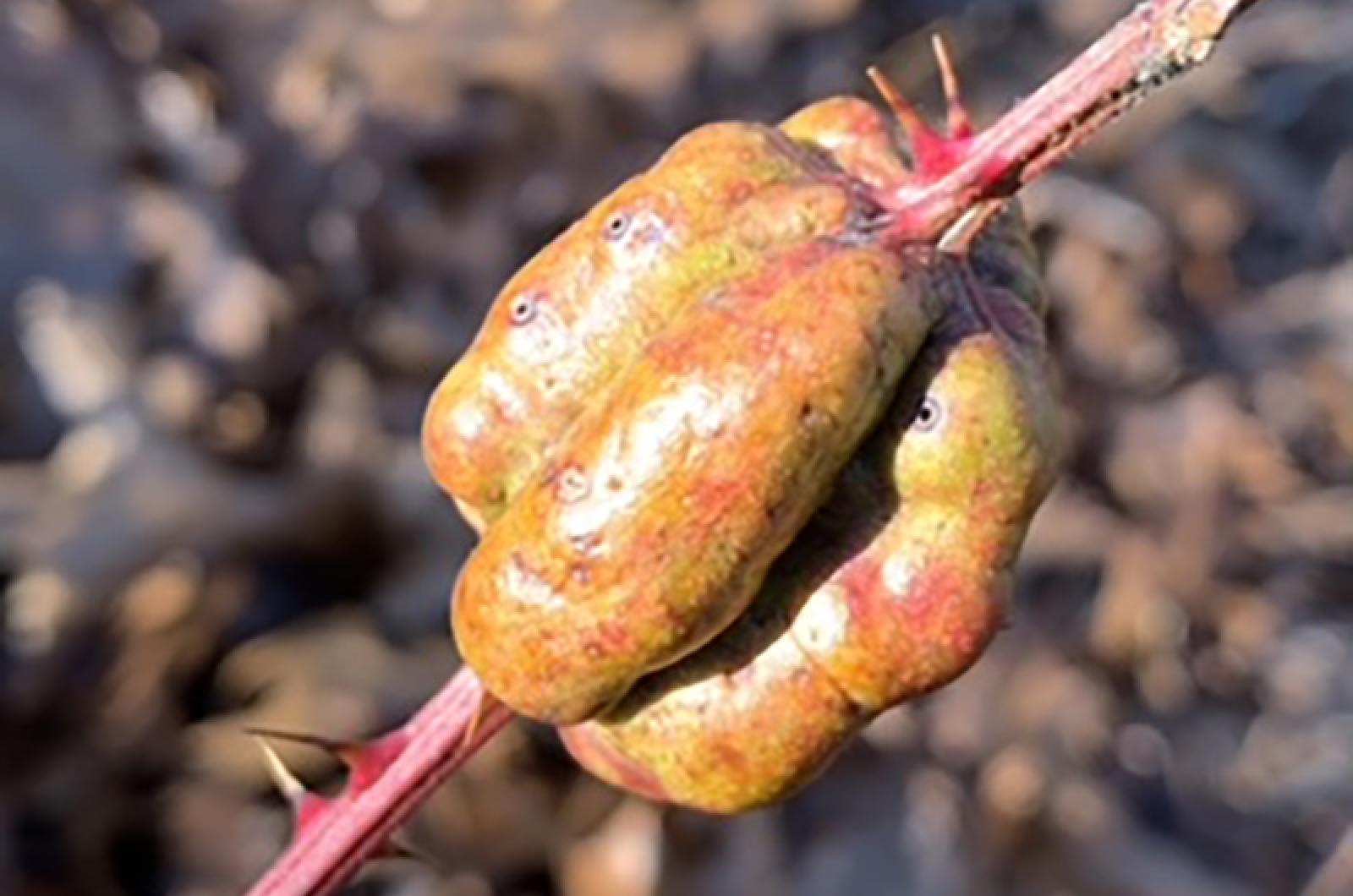Someone did, in fact, put a bug in his ear.
Carl Robert Osten Sacken was definitely bitten by the science bug. As an eleven-year-old during the middle of the 19th century, his eyes were opened by an older entomologist who impressed upon him a love of insects and a compulsion to classify.
This Russian baron was a man of many names and many insects. Call him Carl Robert Romanovich, Baron von der Osten-Sacken, or C.R. Osten-Sacken (sometimes hyphenated, sometimes not), but don’t call him late for collecting. He not-so-famously described, collected and categorized thousands upon thousands of insects, specializing in flies, but dabbling in many other classes of creepy crawlers and their lifecycles.
Born into nobility, Osten-Sacken sidelined his hobby to become a Russian diplomat to the United States, but pursued his pest passion along with his consulate responsibilities. In fact, his position in Washington, DC, provided him his most preferred habitat and the perfect place to collect his creatures.
His biography shares his methodology, mastery and a quirky cap collecting custom: “One of Osten Sacken’s favorite collecting grounds was the Smithsonian Park and westward parts of the Mall, then a nearly natural forest. Those who have seen him collecting crane flies say that his favorite implement for catching them was the collecting forceps, in the use of which he was incredibly adept. Specimens caught were pinned on the spot, and placed in a box carried for the purpose, or in a cork lining of his high hat.”
His collections were placed in natural history museums in this country, though after spending time in Washington, DC, and then Cambridge, Osten Sacken returned to Europe for the remainder of his life.
Dead insects in drawers were not his only legacy. He also found, examined and named insect galls, and is responsible for naming a species whose egg case recently caught my eye. Diastrophus nebulosus, which might translate loosely as pithy cloud, is more commonly known as a blackberry knot gall wasp. It is a wasp that creates galls, or plant swellings, on certain plant species — in this case, blackberries. The gall results from the wasp’s injection of its eggs into a plant stem, which causes the plant fibers to swell, ultimately to house the eggs, then larvae, of the aggressing wasp. If you look closely on this particular type of gall, you might notice thorns, which suggest the true identity of the gall material as plant rather than insect.
The small wasp is much less notable than the swelling it leaves behind. Within the puffed-up stem gall are chambers that will each house one egg that will become an individual larva in its own protective cavity. Each blackberry knot gall can contain more than 15 chambers. Eggs are deposited in the spring and summer into the slender blackberry stems, which swell to house the larval residents over the winter. If the larvae survive, they will metamorphize into adult wasps that will emerge in the coming spring. Unless, of course, the larvae become dinner for a chickadee or other protein-hungry animal.
Winter is when these and other galls become evident and can be examined, or left alone to continue their cycle. They may look like simple swellings, but can serve a budding interest, such as Osten Sacken’s or just house an interesting bug.
Suzan Bellincampi is director of the Felix Neck Wildlife Sanctuary in Edgartown, and author of Martha’s Vineyard: A Field Guide to Island Nature and The Nature of Martha’s Vineyard.







Comments
Comment policy »